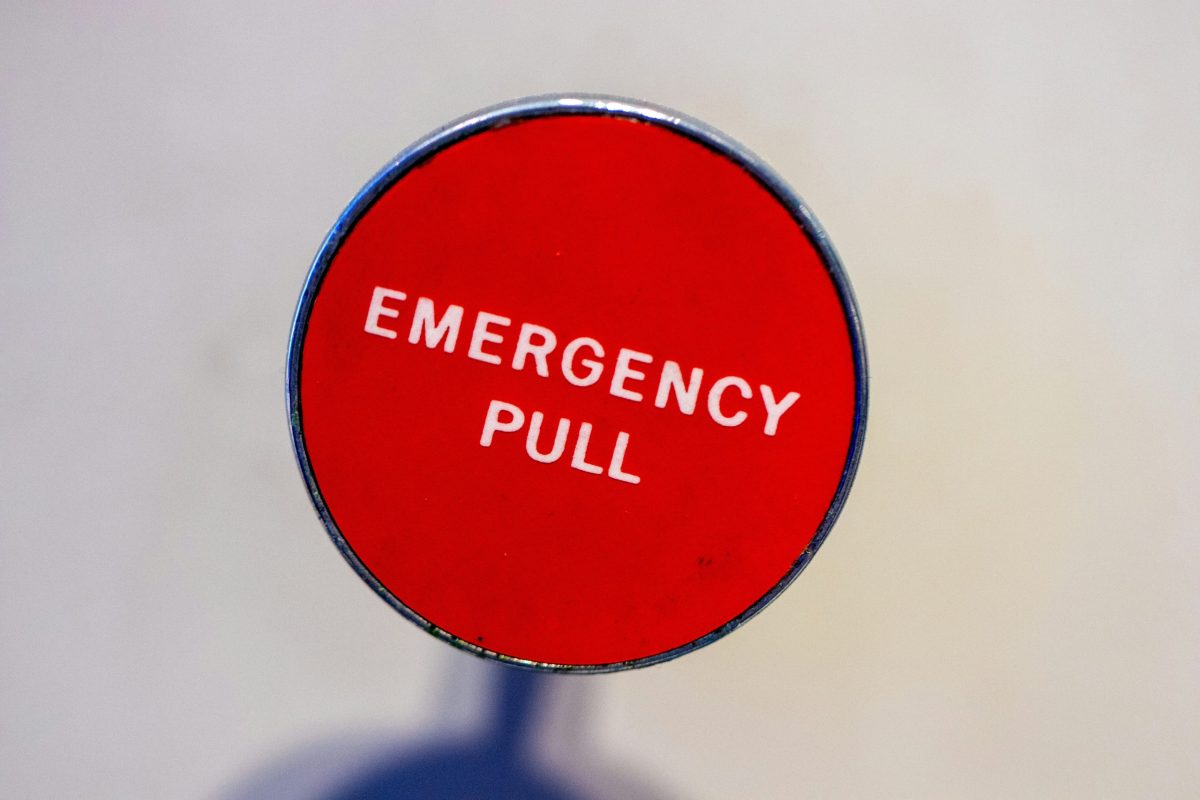Life happens. Job loss, medical expenses, car repairs — things can change in an instant. That’s why having a fully funded emergency fund is a crucial step in your financial journey. In this post, we’ll walk through how to build this safety net, starting with the initial financial peace steps to get there.
While we focus on Step 3, we’ll also touch on the first two steps to make sure you have a complete picture of how to protect your financial future.
🚶♂️ Step 1: Save $1,000 Fast
Before you can build a full emergency fund, you need a small buffer to get started. This is your starter emergency fund — your first line of defense against unexpected costs.
Goal: Save $1,000 as quickly as possible.
This isn’t meant to cover every emergency. It’s meant to get you out of the cycle of living paycheck to paycheck. The sooner you have this buffer, the more peace of mind you’ll have when an unexpected expense arises.
Where can that $1,000 come from? Here are a few ways to build it:
- Cutting just $50/month from your phone plan
- Opening a high-yield savings account
- Skipping takeout or coffee for a couple weeks
- Selling things you no longer use
Once you hit that $1,000, don’t stop, but don’t jump ahead to Step 3 just yet.
🚫 Step 2: Pay Off All Non-Mortgage Debt
Once your $1,000 emergency fund is in place, the next step is debt freedom. You want to tackle all consumer debt — credit cards, personal loans, car loans, and student loans.
Why focus on debt first? Because carrying debt is already an emergency. Every month you carry debt, you’re losing money to interest and reducing your financial flexibility. Paying it off frees up more cash each month, making it easier to build wealth and security later on.
Once your only debt is your mortgage, you’re ready for the next step: building a fully funded emergency fund.
🧱 Step 3: Fully Fund Your Emergency Fund (3–6 Months of Expenses)
Now that you’re debt-free, it’s time to fully fund your emergency savings — the real safety net that protects you long-term.
How much should you save? The general recommendation is 3 to 6 months of your essential living expenses, depending on your situation:
- Stable job or dual income: Aim for 3 months
- Self-employed, freelance, or single-income household: Aim for 6 months
- Variable income or dependents: Closer to 6 months
But what exactly are essential expenses? Your emergency fund isn’t meant to cover all of your ideal living expenses, but only your essential needs — housing, food, transportation, insurance, utilities, etc. Think of it as the bare-bones budget that keeps you afloat during a rough patch.
This means no Netflix, streaming services, Spotify, or any kind of non-essential entertainment. You’re covering only the basics.
Want to know exactly how much you need?
Use our Emergency Fund Calculator below to figure out your personalized target, and take the first step toward building your safety net today!
Emergency Fund Calculator
💵 How to Build Your Emergency Fund
Now that you know the target amount, how do you build it?
The key is to take the extra cash flow you gained from paying off your debt and shift it directly into your emergency fund. This is how you’ll reach your savings goal quickly.
- Use your debt payoff strategy: Whether you used the debt snowball or avalanche method, the money you were putting toward debt repayment can now be used to build your emergency savings faster.
- Automate your savings: Set up automatic transfers to your high-yield savings account to make sure your emergency fund grows consistently without you having to think about it.
- Cut non-essential spending: Take another look at your budget to find areas where you can cut back. Cancel subscriptions, skip takeout, or sell unused items to boost your savings.
Why You Need a Fully Funded Emergency Fund
A fully funded emergency fund is your financial safety net. It protects you against common setbacks, like losing your job, facing unexpected medical expenses, or needing to repair your car. Without this cushion, any emergency could send you back into debt or derail your financial goals.
By building up this fund, you’re not just preparing for life’s unexpected twists — you’re setting yourself up for long-term financial stability.
The Bottom Line
Building a fully funded emergency fund doesn’t have to be overwhelming. Start small, follow the financial peace steps, and shift your mindset from just saving for emergencies to building real financial security. The earlier you start, the more peace of mind you’ll have when life throws a curveball.
The key is consistency and focus: Save $1,000, pay off your debt, then fully fund your emergency savings. Take it step by step, and you’ll be well on your way to a financially secure future.

Leave a Reply